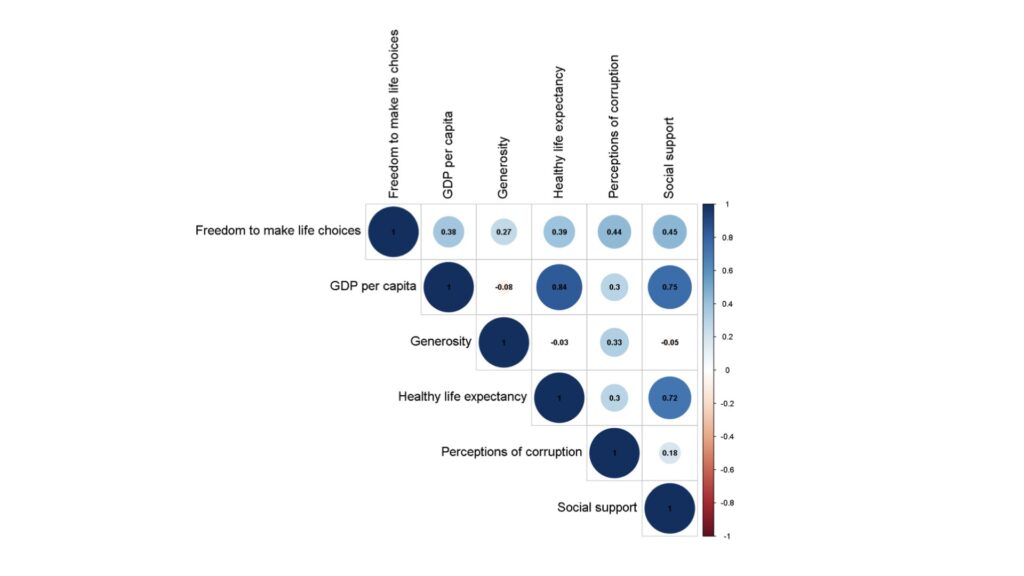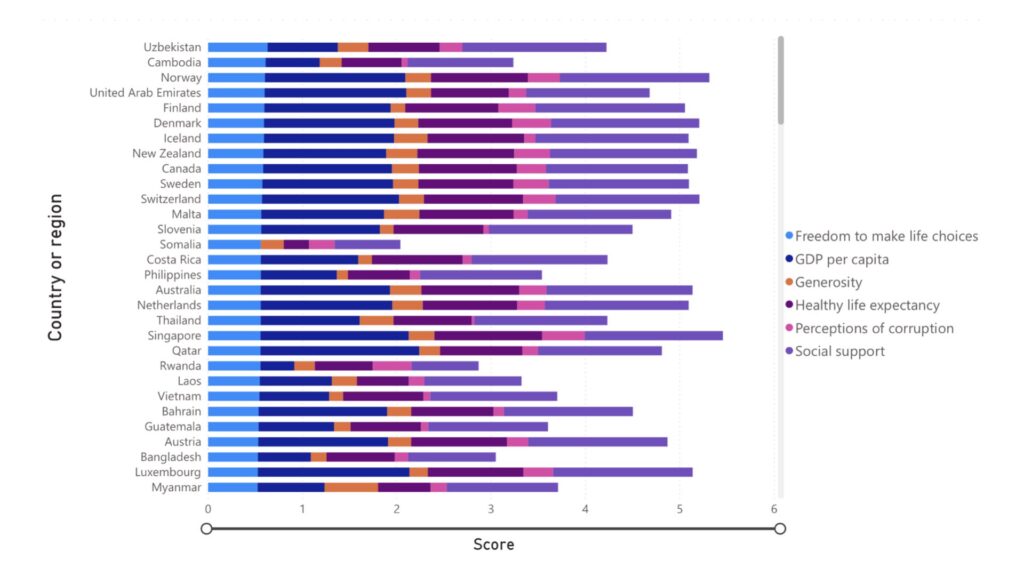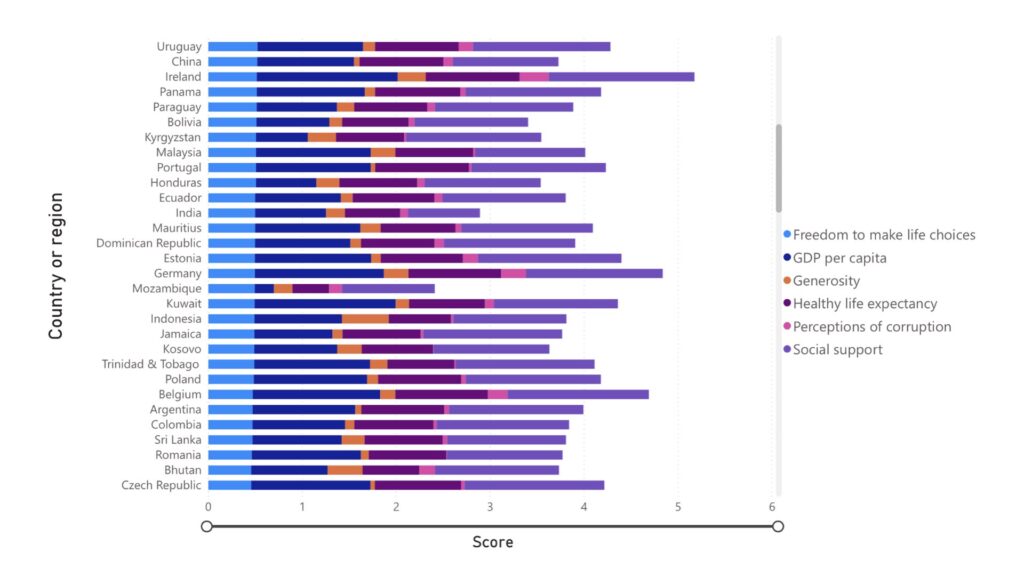This week’s curiosity box explores happiness, toys, and the human anatomy. It covers the following topics
How do you measure world’s happiness?
Where did the fidget spinners go?
Are you missing a muscle?
1 – Is the world happy?
I was having an interesting conversation about a research project with my colleague. During this conversation, I said, “ You need to have a proper methodology in place before you jump into putting a number to something subjective”. My train of thought jumped from how to measure something subjective to can you measure happiness.
So I started to do some digging around…
Every year, the Sustainable Development Solutions Network, along with a bunch of worldwide organisations, publishes the World Happiness Report. This report talks in length and in detail about how happy people across the world are and ranks countries based on the score they get.
The authors who write this report, collect data from worldwide organisations like WHO, and also further bolster their data by asking a set of questions to a sample population from each country. The dataset I got my hands on has scored each country on 6 parameters: Freedom to make a choice, GDP per capita, generosity, healthy life expectancy, perception of corruption, and social support.
In this curiosity box, I only explored the correlation between the 6 parameters. (Disclaimer alert: correlation is not causation).

Some observations I have made based on the chart above:
- The Freedom to make a choice seem to have a positive impact across all the factors.
- The GDP per capita appears to have the strongest correlations with healthy life expectance and social support
- Generosity has no, if not negative, correlation with GDP per capita, healthy life expectancy, and social support.
I further dwelled into the data with the Freedom to make choice factor and stack ranked the countries based on that score. As you can see from the list, you find countries that you usually wouldn’t think of within the top half of the lists.
Further details on how the authors go about measuring happiness are beyond the scope of this blog. But it is an interesting read for those who like statistics.
2 – Where did the fidget spinner go?
Any average human, unless consciously aware, would be fidgeting around with whatever their hands can find. I do not know if this is a compulsive behaviour that needs adjusting. But nevertheless, the market exploited this behaviour with the fidget spinner.
The fidget spinner was invented around the mid-1990s; the inventor was in the middle east and was worried when she saw kid throwing rocks. So he thought that giving them a hand-held spinning device would divert their attention. Although this product was around for a very long time, it did not gain popularity until 2017 when a couple of videos posted on Instagram went viral.
The reasons for and justification for using the fidget spinner then increased by the multifold. One of the things you might be aware of was that this spinner could help people with an attention disorder. However, this claim was proven to be false. Companies soon started milking this trend, and the market was saturated with over 600,000 types of spinners. But the craze was short-lived, and the fidget spinner was classified as a fad.

Perhaps it is the market that is suffering an attention disorder to stick with one product for an extended period. Like the fidget spinner, other fads like the beanie babies and the squishies too had their moments of fame.

Just like the stock market, the toys have their ups and downs. Only one can be amused.
3 – Are you missing a muscle?
Bring your thumb and your ring finger together and slightly flex your wrist forward. If a bulge does not appear at your wrist, then you belong to a group that constitutes 15% of the world’s population.
The Palmaris Longus is one of the long muscles on your arm that connect all the way from your elbow to your wrist and primary aids in flexing your wrist. Not having the muscle does not mean your arm or grip strength would be any weaker.
Our ancestral primates had to rely on this muscle to climb and hang off trees. Over time, we began to develop the thenar muscle group (the muscles on your palm) and the Palmaris Longus became vestigial.
As this muscle is vestigial, it is one of the first things that are taken off for reconstructive or plastic surgery. The fact that 15% of the population no longer have this muscle is a clear indication of evolution.
Along with a tail that we all have had at one point in our life, there are a handful more vestigial muscle groups that we have no use of anymore. Although they don’t serve their intended purposes anymore, they sure did pique my curiosity.

